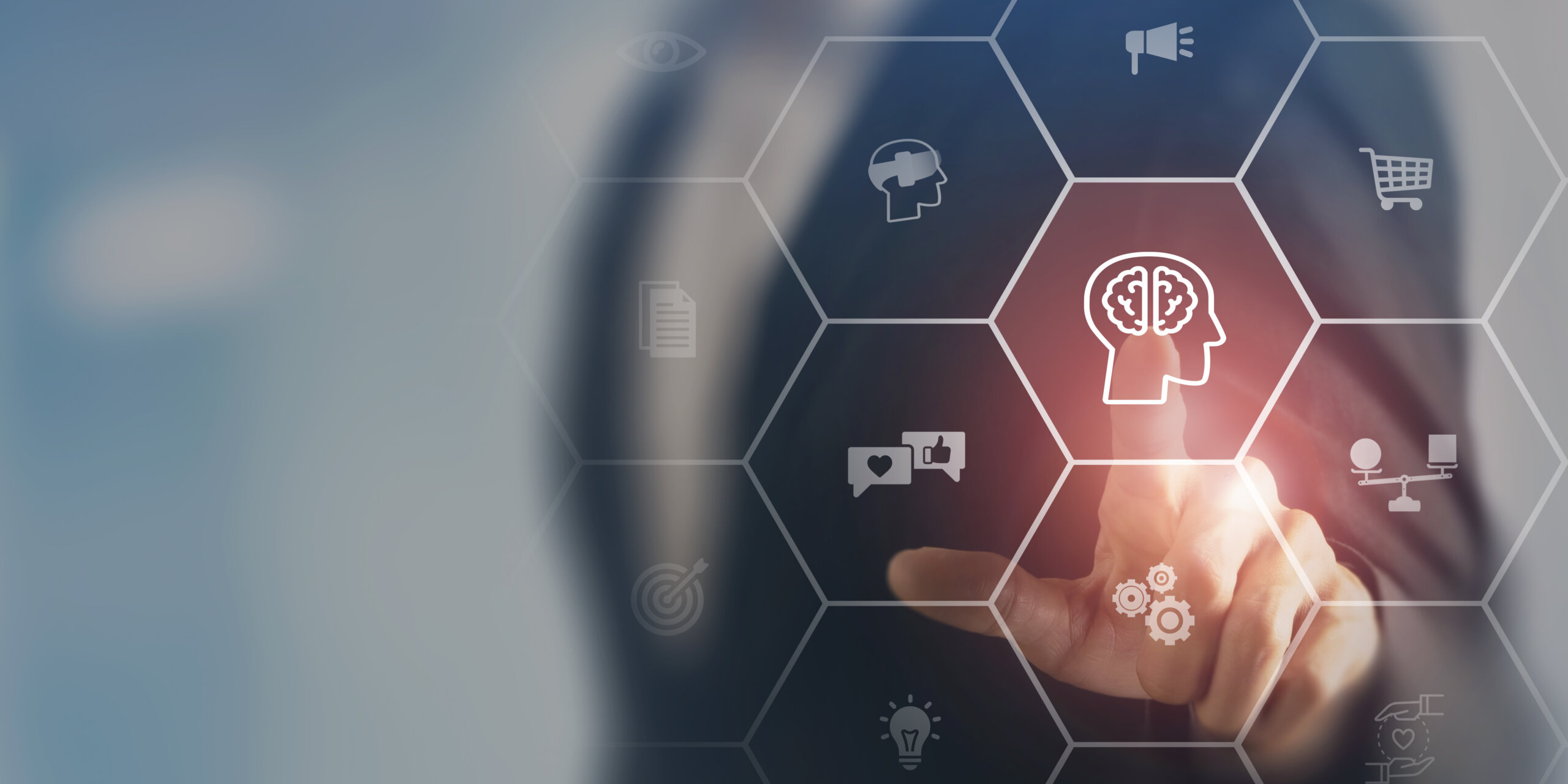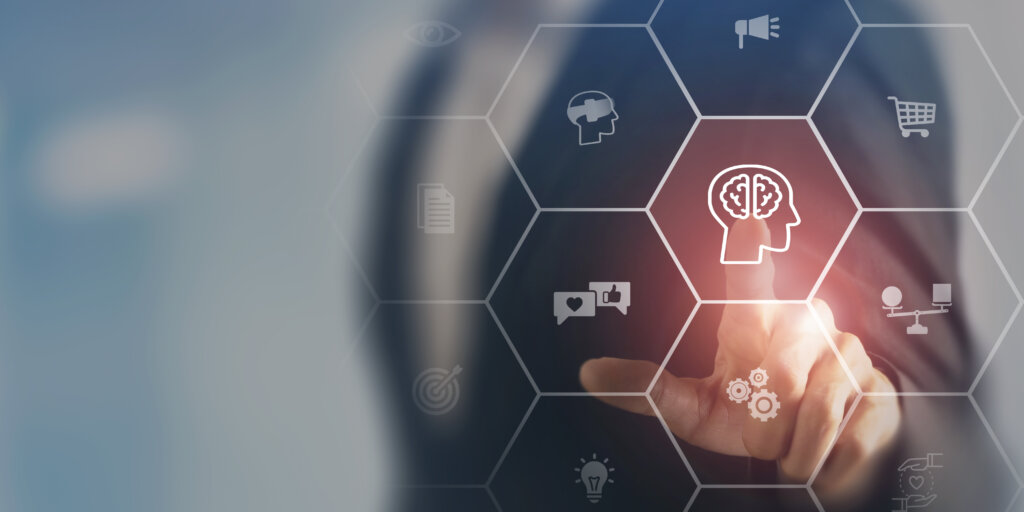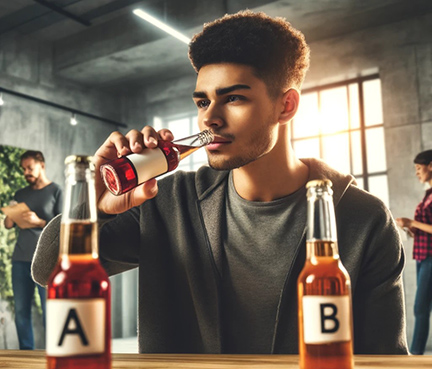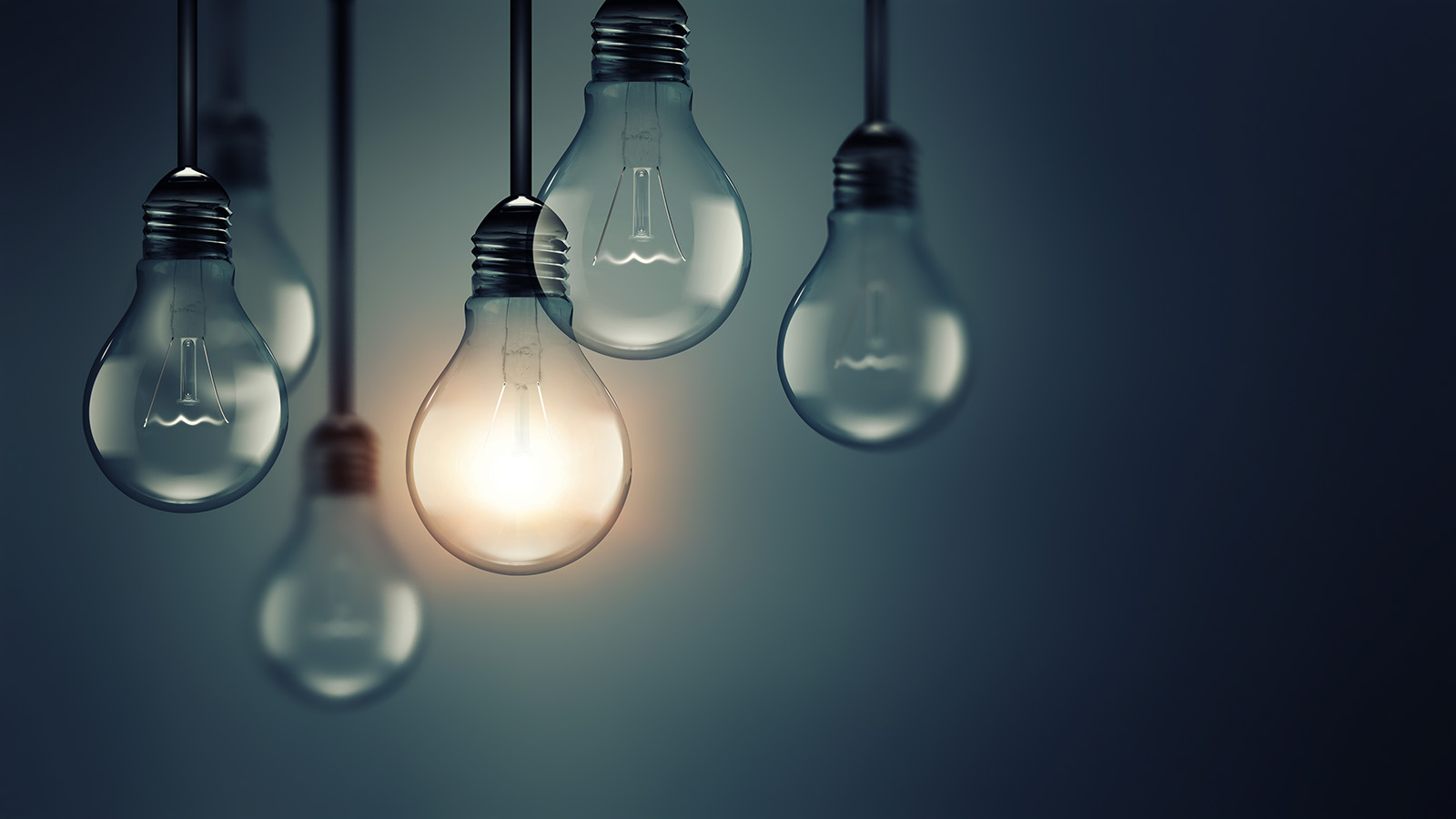
Case Study
From Taste to Emotion: How Multi-Modal Research with Neurological Insights Paved the Way to Success
overview
An alcoholic beverage client had noted a decline in sales volume but was unsure which of several factors could be at play. Using learnings from a previous qualitative project with C+R, the client decided to revamp some of the beverages in their flagship flavor to reverse the trend – and they wanted consumer feedback to discover if their efforts were successful.
Given the complexity of the business goals, the research objectives could not be answered with a single methodology. And to add to the challenge, the client needed results in a very short period of time. Using the wide range of methodologies at our disposal – both traditional and cutting-edge (including our new neurological immersion offering) – C +R developed a multi-modal approach to meet their objectives, giving our client answers in just a few weeks’ time.
THE PROBLEM
How do we implement multiple methodologies in an accelerated timeline?
Our client wanted to conduct a taste test between current and test versions of their new beverage product to gauge consumer reaction. They also hoped to speak in depth with respondents to learn more about their thoughts on the new products, to see if the changes made would impact their purchase behavior, and to test sessionability (the ability to drink more than one in a single occasion). Traditionally, an in-home usage test (IHUT) would fit the bill, but there was an important limitation: our client didn’t have enough product to conduct a full IHUT. Additionally, they wanted to surmount some of the limitations of self-reported responses with neurological data to more fully gauge consumer engagement, a methodology not easily done remotely.

OUR APPROACH
Use multiple phases to create a comprehensive research program
To accomplish our client’s many goals, we combined several qualitative and quantitative methodologies into a multi-modal research program.
We began with an in-person central location test (CLT). Respondents were given samples of our client’s products (current and test versions). After trying each version, they answered questions to record their initial reactions.
As an augment to this self-reported data, and to measure engagement with the products more accurately, we measured consumers’ neurological responses to the beverages through C+R’s new offering called SmartPulse™, powered by Immersion. A subset of respondents participated in neurological immersion by wearing fitness trackers to measure their unconscious emotional reactions to the products. These participants then answered additional questions that allowed us to compare their neurological and self-reported reactions.
After the taste test, a subset of respondents from each session participated in a moderated focus group triad. These participants were given the product variations and their reactions explored; the triads allowed us to dive even deeper into their thoughts about our client’s product.
Those participants not selected for the triad were invited to instead participate in a mini IHUT. They were provided additional products to take home and try. We asked them to keep a diary to record their experiences throughout the usage period and then they also completed an online survey after all the products were used.

The result
Multi-modal approach provided clear direction, with SmartPulse adding an enhanced layer of insights
As a result of the research program, our client received timely feedback that helped them determine which of the test products to move forward with. We found that having only one method such as the CLT did not provide a complete, holistic picture and that the combination of CLTs, triads, and IHUT was needed. All three methods together provided robust evidence clarifying consumer desires regarding factors such as the amount of sugar and type of ingredients in the preferred beverage, and they highlighted the winning product’s strong sessionability.
The SmartPulse phase (neurological immersion) also correlated well with participants’ self-reported data. We noted drops in consumer engagement when they reported disliking a product as well as spikes in engagement when they reported liking a product. This cutting-edge methodology provided an additional layer of insight into consumers’ attention and emotional resonance in real time. By tracking the users’ oxytocin levels via their fitness tracker, we were able pinpoint the moments that create a strong connection that drives action.


proven experience
related case studies
